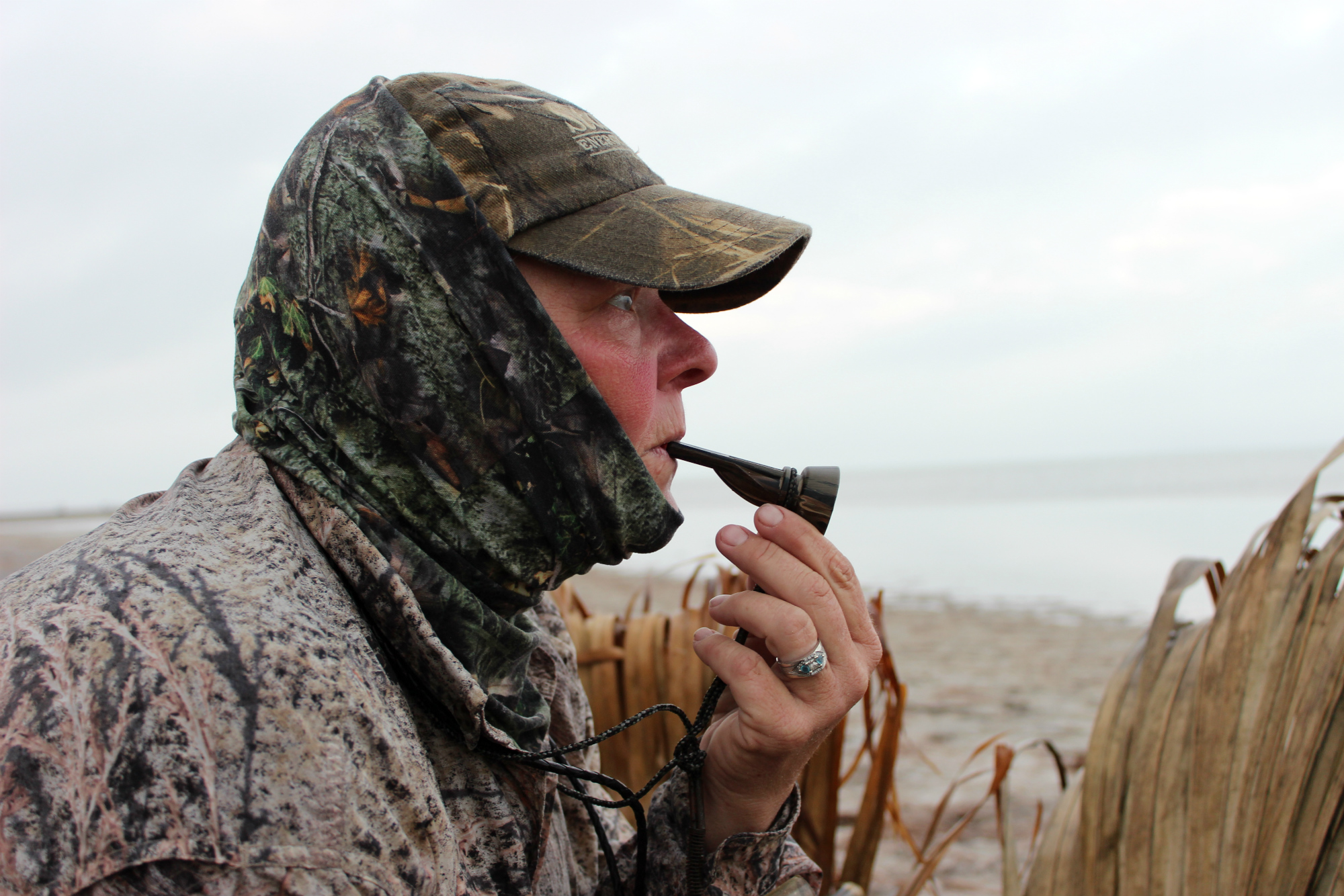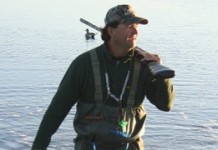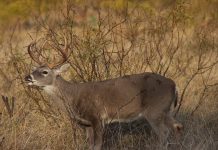Texas is waterfowl country, and again this fall and winter, all of the Lone Star State will harbor ducks and geese of all shapes, sizes and colors.
The counts again should be favorable, too.
Dave Morrison, small game program leader for Texas Parks & Wildlife, said waterfowl counts in recent seasons have been phenomenal. The U.S. Fish and Wildlife Service last year estimated 49.5 million breeding ducks in the traditional survey area, a record that actually eclipsed the previous high of 49.2 million birds in 2014.
It’s tough to maintain those figures year in and year out, Morrison said, noting that the waterfowl estimates are down in 2016.
“I would expect the numbers heading south to fall below the record numbers we’ve seen the past three years, but that’s to be expected,” Morrison said. “It’s been extremely dry in the breeding grounds and so that’s going to have some impact on the overall outlook. That being said, we’re still going have big numbers of ducks.”
The U.S. Fish & Wildlife Service this week released its report on 2016 Trends in Duck Breeding Populations, based on surveys conducted in May and early June by FWS and the Canadian Wildlife Service. Total populations were estimated at 48.4 million breeding ducks in the traditional survey area, which is 38 percent above the 1955-2015 long-term average.
There was a time when the majority of goose hunting in the state was done in marshes and rice fields from Louisiana to Matagorda County. While there still are geese in this part of the world, they’ve expanded their range – even into neighboring states.
However, Morrison said things are looking up in regards to the waterfowl stronghold that has seen an overall decline in hunter numbers and goose numbers.
“There’s been so much rain across this state … which is a positive for rice. That should help rice production along the Colorado River that’s been down in recent years, and if we get that production back up and running we’ll start to see geese going back to those haunts that they used to, which certainly would be a benefit,” Morrison noted. “Rice is a key component for geese, and to a somewhat lesser extent, ducks. There’s a lot that we’re still exploring and learning about in terms of what we can do with landowners and time the delivery of water to when the birds first get here and to mid-winter and ultimately when they leave. Certainly rice is important because they become accustomed to it and it provides good habitat and good groceries not just for ducks and geese but a variety of other birds.”
Morrison is optimistic about the overall state of waterfowl hunting, despite declining participation in the late season primarily designed to curb light goose numbers.
“The late conservation order light goose season isn’t as productive as it had been but there are a number of factors in play. You look at what’s going on in habitat from Houston out to the Katy prairies and increased rice production over in Arkansas, in addition to them having more groceries along the flyway and that’s going to have an impact on the birds in Texas.
Morrison noted that his summer plans included hands-on experience with banding white geese in the Arctic.
“I’m excited to be a part of it and it (scientific research) will allow us to see firsthand where we’re at and what the future may hold for waterfowl hunting,” Morrison said.
Echoing the sentiment of state biologists, Dr. Frank Rohwer, with Delta Waterfowl, also pointed to dry conditions that affected waterfowl production when discussing this winter’s flights.
“A remarkably high number of returning ducks had to compete for a remarkably low number of wetlands,” he said. “That doesn’t mean good things for duck production. Incredible duck production, which results in high numbers of decoy-vulnerable juveniles, is what leads to incredible duck seasons. This spring’s dry conditions indicate we’ll be hunting flocks with more adult ducks in them this fall.
“I anticipate that mallards and pintails will see big drops in their population estimates, due largely to their tendencies for overflight in dry years. Research shows that when these species overfly the prairie, biologists tend to underestimate their populations. Production is also likely poor, especially for pintails. While I expect the fall flight to consist of challenging, adult ducks, there should be plenty of them.”





















